This brief provides an overview of the role of impact investing for employee ownership, including the role of community development financial institutions (CDFIs). It shows how employee ownership transitions advance environmental, social, and governance (ESG) principles and should therefore be supported by impact investors. Case examples model the effectiveness of CDFIs in financing employee ownership.
The Future of Work for Low-Income Workers and Families is a policy brief aimed at state policy advocates and policymakers seeking to help low-income workers and their families secure healthy economic livelihoods as the nature of work evolves in the United States. Published by the Working Poor Families Project in December 2015, the brief was written by Vickie Choitz and Maureen Conway. This brief reviews the major forces shaping the future of work, including changes in labor and employment practices, business models, access to income and benefits, worker rights and voice, education and training, and technology. Across these areas, we are seeing disruptive change in our economy and society resulting in increasing risk and challenges for low-income workers, in particular.
This guide highlights existing research on the link between the racial wealth divide and business ownership. Because lower levels of business and financial assets held by Black and Latino households is a key factor perpetuating the racial wealth divide, business ownership may be an important means to narrow the gap. This guide may be useful for economic development organizations, investors, lenders, and other practitioners seeking to understand and respond to the racial wealth divide.
This resource provides an overview of retail work in the United States including information about the demographics of workers in the industry, the size of the workforce, wages and benefits, and working conditions.
This resource provides an overview of residential construction work in the United States including information about the demographics of workers in the industry, the size of the workforce, wages and benefits, and working conditions.
This resource provides an overview of the direct-care workforce in the United States including information about the demographics of workers in the industry, the size of the workforce, wages and benefits, and working conditions.
